ONE OF US . ONE OF US. - The Lagrange Point Vol. I, Iss. 12
Social media can be better. The Fediverse is one possible way.
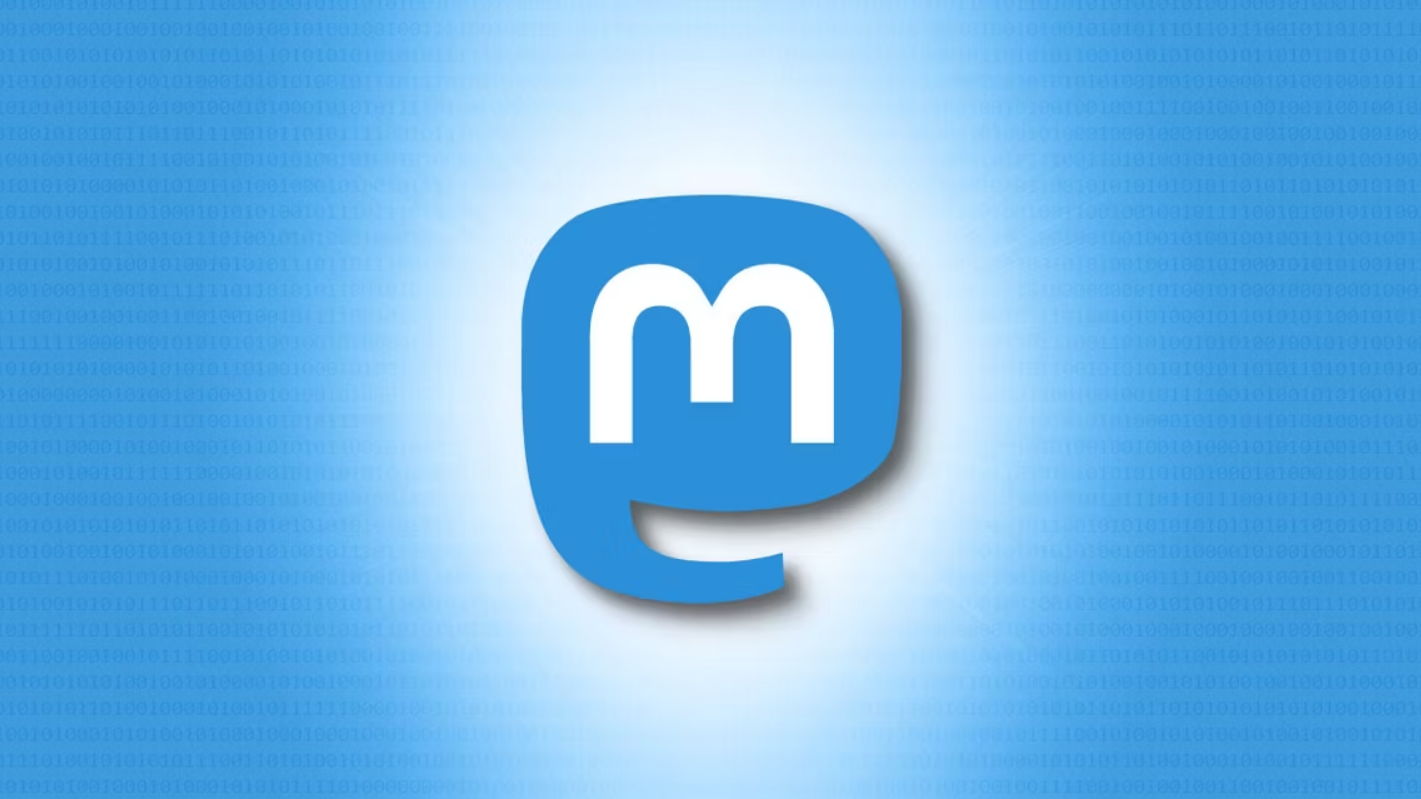
Welcome to issue #12 of The Lagrange Point! I'm still mulling the changes I talked about in issue 10. A few of you kind subscribers have emailed me some amazing feedback, and I am tremendously grateful, particularly for those who wrote detailed email responses. It really means a lot!
I'll give everyone a heads up that I'm likely going to take a brief hiatus while I'm out of the country around Thanksgiving, so we'll PROBABLY skip October 14. To be determined, though... I might get a burst of energy and find I'm able to write an issue in advance.
In This Issue
Distant Early Warnings
- ReBoot turned 30! I definitely don't feel old
Crafter's Corner
- Winter soldiers - more Inquisitor 54mm minis
Rantables
- What the heck is Mastodon anyway
Distant Early Warnings
Upcoming releases and events of Canadian geek things
Guys, did you know ReBoot turned 30 this year? Yeah. I don't feel old at all. But for real, you need to check out this definitive documentary series.

The world's first fully-CGI cartoon, ReBoot, now has a definitive documentary telling its story. ReBoot ReWind is an eight-part series coming to Telus Storyhive that looks at the conception, production, and legacy of this made-in-Canada story. They're launching episodes Sept. 24, but are also hosting in-person screenings across Canada. Check out their social media for details!

Over in Alberta, Calgary's International Film Festival is on, and in their lineup they're presenting the Canadian premiere of The Island Between Tides, a made-in-Canada fantasy film. Adapted from a ghost story by J.M. Barrie (author of Peter Pan) and Mary Rose, the film tells the story of Lily, who vanished as a child for two days in the Pacific Northwest, with no memory of time passing. Now in her 20s, she returns to the same place, and vanishes again...but this time, decades have passed. The film is described as "Gothic bedtime horror for sleepless nights."
London-based comic artist Derek Laufman has launched a Kickstarter for his latest project: a second graphic novel in his Crimson Fall series. The series is described by Laufman as "Hellboy meets the Witcher" and tells the story of a monster hunter, Sir Duncross, and his assistant and chronicler, Father McKellen, as they fight mysterious and terrifying creatures. Laufman's cartoonish style belies some startling horror and violence, and it looks terrific, honestly. Just under a week before the Kickstarter wraps! And lastly, Gems of Iridescia, a nifty new board game, is up on Kickstarter. The creator behind the game is Roberto Panetta, an independent game maker from Greenfield Park, Quebec. According to his Kickstarter, Gems of Iridescia is his first title, and he involved his wife and children in the design process, testing it out around the kitchen table. Panetta hired human artists for Gems of Iridescia, which earns him an automatic pass for not succumbing to the temptation of AI. Check it out!

Crafter's Corner
Winter soldiers - an ice planet-themed Inquisitor 54mm warband
I've modified my mini-photography setup a little bit, and I think the results are pretty good! I just need a better backdrop. First group I've shot in this spot: my latest Inquisitor 54mm warband. This crew is the retinue of a techpriest, and I envisioned them as being on an ice planet.

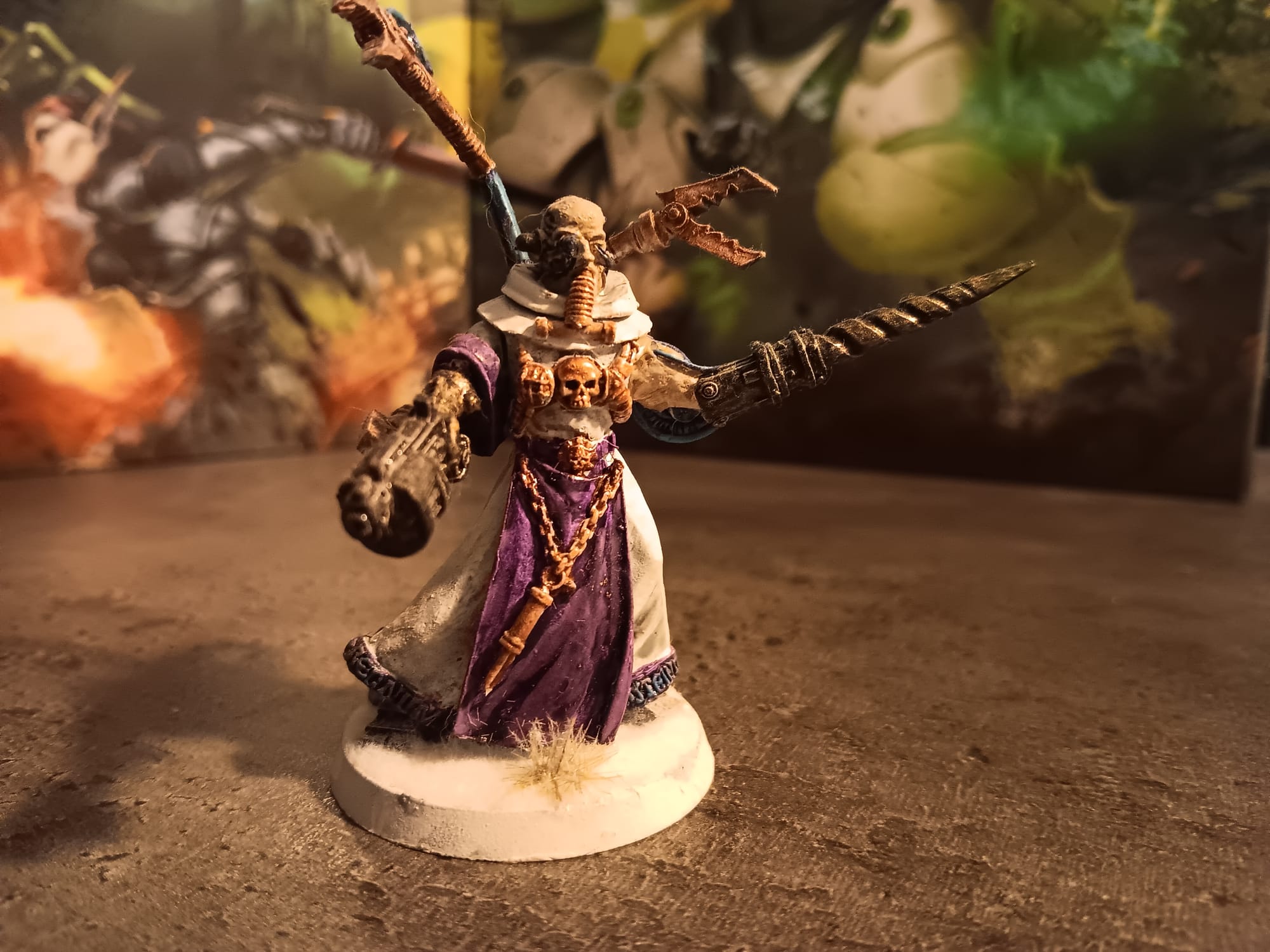
My techpriest, Frieza, uses a drill to bust through the ice. I kept the colour palette for the whole group pretty limited, to try to visually tie them together. The thought process is that each mini should have one main colour in common with Frieza.

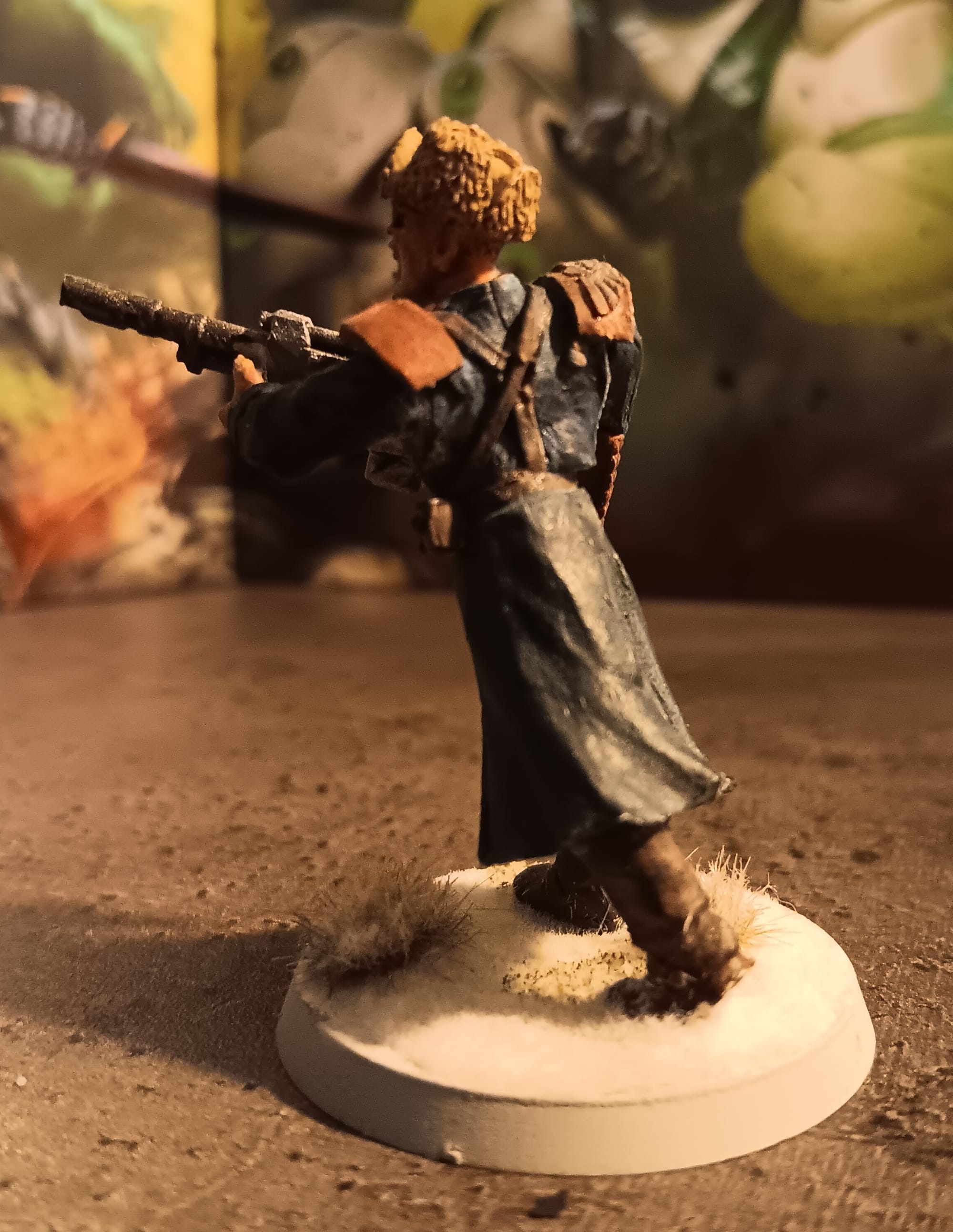
For my Valhallan Guardsman, Stoyanov, that meant a light blue overcoat that matches Frieza's mechadendrite hoses. I was honestly unclear if the metal plate on the mini's jaw was actually... well, a metal plate. Or if it was just flash. I kept it cause I think it makes Stoyanov look more experienced.

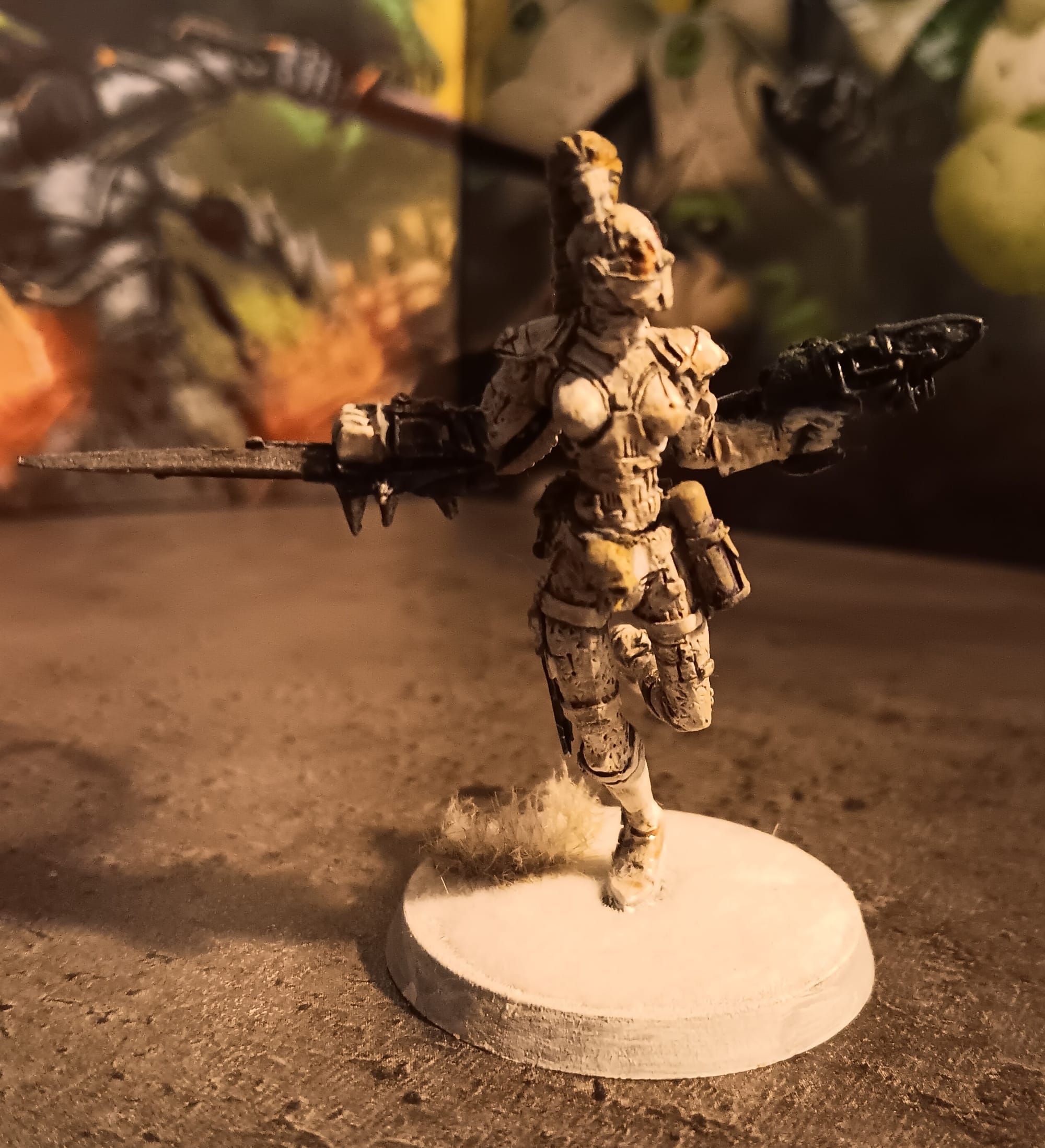
The Callidus Assassin, Me'gn Fawkes, has a colour and look inspired by The Boss from Metal Gear Solid 3. Does it bother me that this figure has high heels and an absurd, impractical ponytail? Yes. But there were only so many female figs released for Inquisitor, so we make do.
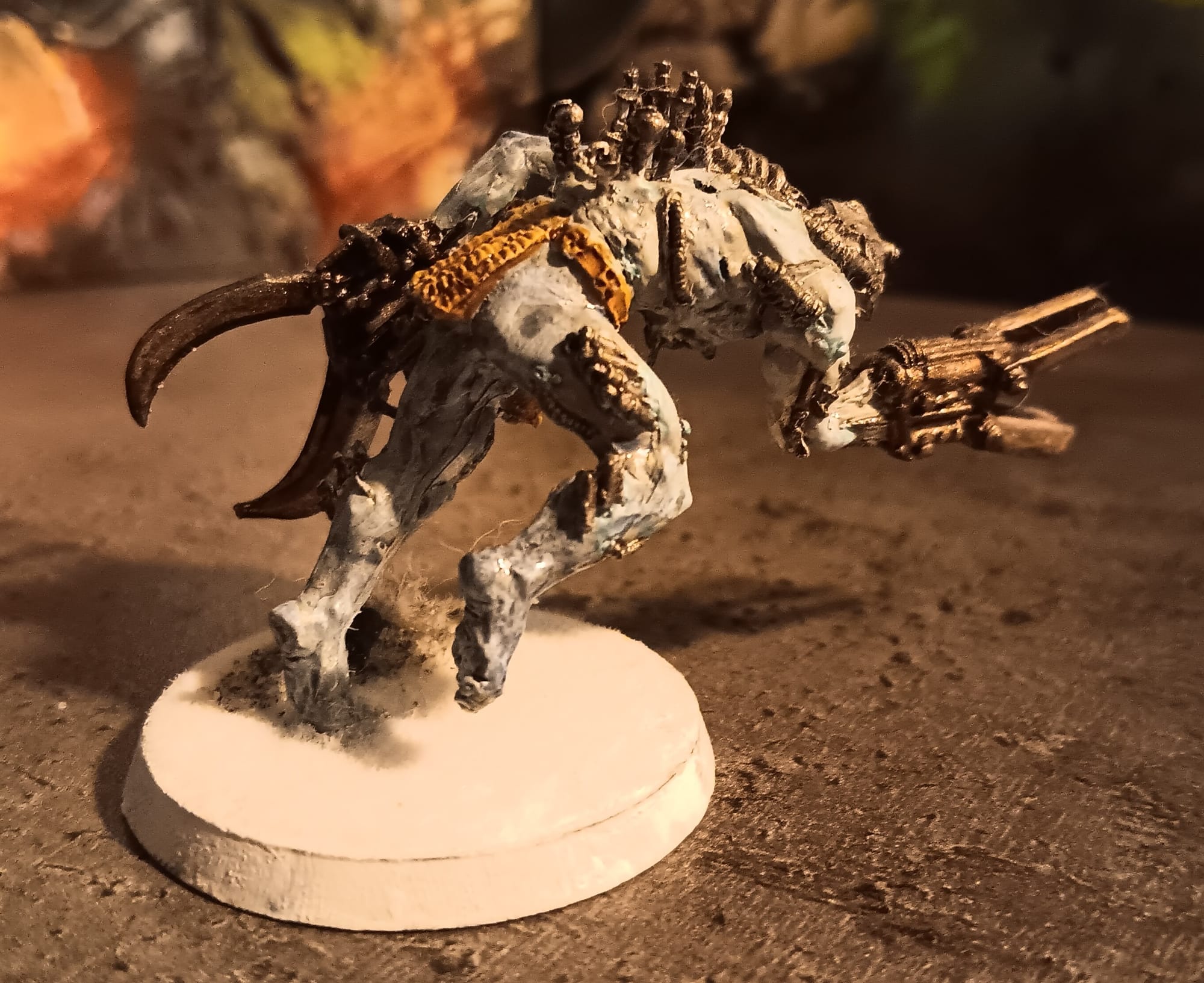

Lastly, the arco-flagellant, Lucien 24-X, is the final figure of the group. My headcanon for how he keeps warm despite being nearly naked is that his injectors have some kind of "temperature control" drug. The figure's low posture actually is what got me to mix up my camera setup for this, as it forced me to get low to get his face in shot.
Rantables
When the tinfoil fits just right

I genuinely don't know why people are still on Twitter.
I'm sure that those who remain will offer up some reasoning about how "that's where the news is" or "I've built up a following there" and so on, but all of that really doesn't add up to much when:
- follower counts are completely effed because of the MASSIVE proliferation of bots and fake accounts
- news is breaking everywhere, all the time, and accessible on many other platforms, including, especially, subscribing to trusted news sources (like this one? Maybe one day!)
- it's owned by a corrupt, racist, transphobic billionaire douchenozzle who is demonstrably using it to assault democracy
Obviously, that last point is the big one, and it does kind of gall me that people are still clinging to Twitter like the ultimate abusive ex, convinced that their echo chamber rants are somehow influencing "the discourse" when Musk's thumb is so firmly planted on the scales it's laughable to think anything but his values are getting traction.
But what's the alternative?
Well, the one which I will not shut up about is Mastodon. It's decentralized, open-source social media. And what, I can already hear you saying, the hell does any of that mean?
Let's tackle the buzzwords one at a time. "Open-source" means just like free programs like VLC or LibreOffice, the creator of Mastodon (Eugen Rochko) has made the actual source code of Mastodon public and available to anyone, free of charge.
"Decentralized" is probably the hardest part to understand. I like to think of it this way. Twitter is owned, quite literally, by one guy. That guy, in turn, controls the access to the platform. He owns a bunch of servers, which host Twitter, and when those servers go down, it crashes the whole thing.
Mastodon is different. It allows anyone with a little know-how to set up what's called an "instance" — really, just another word for server, basically. So let's stick with one example of an "instance": mstdn.ca. That's the instance my account is on.
The guy who runs the mstdn.ca instance/server is Chad Ohman, out of Edmonton. I know who he is because he has taken the Mastodon Server Covenant. I'll come back to this in a moment, but suffice it to say now that Chad abides by beliefs of transparency, which is how I know who he is.
Mstdn.ca is pretty big, with over 35,000 users. "Wait," I hear you saying. "That's BIG? Twitter has MILLIONS." Yes, it does. But that's all concentrated in one server. Mstdn.ca is just one server of hundreds.
The collected total of Mastodon users is estimated at about 10 million, across other instances like mstdn.social, mas.to, mastodon.online, and many, many more.
So how does this work? If you're on one instance, how does it connect to others?
Well, that depends on how that instance is set up. If it is federated, that means that Mastodon instance is open to other instances. Posts made on it can be seen from elsewhere, and users from other instances can follow users from that instance too.
For instance, while I'm on mstdn.ca, I can still follow people on mas.to, and elsewhere. I can also check the "federated" feed on my home page, and that will show me posts from every federated server, everywhere.
Generally, your home page on Mastodon will show you posts just from the accounts you follow, and nothing else. There's no algorithm that's going to give you "suggested posts" or "people to follow." It's a total blank slate.
There's also a "local" feed, which will show you posts only from users who are also on your instance. In this way, deciding which instance to join to begin with can be a bit important. You might want to start with something that caters to your region or country, specifically.
So why do things like this? Isn't it kind of a mess, and a bit confusing? It is, and I won't deny it. But the advantage is:
- instances can operate independently, and literally anyone can own and operate an instance, which means nobody can ever truly "own" Mastodon
- additionally, it makes it pretty easy to block problematic instances. There have, in the past, been full-on Nazi instances, but luckily, there's a function to "de-federate" an instance (literally, cutting it off from all instances, like quarantining a diseased patient)
- if your server does go down, you can still migrate your account to a new instance, saving your profile — this means even if your server were to be "bought up" or changed ownership, you won't lose everything the way you might have on Twitter
Lastly, I mentioned the Mastodon Covenant, which Mastodon creator Eugen Rochko created in 2019. The Covenant was created in direct response to literal Nazis trying to use the platform to spread hate speech. Rochko's solution was to ask servers to sign on to the Covenant, which included rules to actively moderate against racism, sexism, homophobia and transphobia.
Servers that signed the Covenant would be promoted actively on joinmastodon.org, which would mean more users would sign on to them, and it would give new users a quick list of places they could trust. In Rochko's words:
Mastodon is released as free software and that is where our obligations of neutrality end. We do not believe that moderation is a crime, and we do not have to support or promote those who would choose to use Mastodon to spread intolerance and hate.
Which pretty much sums it up: we can't stop you using our software, but that doesn't mean you get free promotion from us (like on Twitter or Facebook).
And...it sure seems to be working. My Mastodon experience has been that on the rare occasions a truly hateful instance pops up, you can report it to your own instance's admin, and they can automatically de-federate from it — meaning the hate-filled instance is proverbially "sealed off" from the rest of the Fediverse (the name given to the way Mastodon's decentralized model works).
If all of this sounds boring and confusing, I promise it's really not. If you want to join up, mstdn.ca can be a great place to start, or any of the servers listed on joinmastodon.org. With those servers, you know they're on the Mastodon Covenant, and can join with confidence. You can also find me here, as @timfordwrites@mstdn.ca. I Boost (the equivalent of Retweet) a lot of cool accounts, so you'll find some great people to follow from me.
The point of all of this is to say that social media doesn't have to be a miserable, corporate-owned experience. It can be better. I think the Fediverse has been a largely positive step, and Rochko's admission that there must be, ultimately, a non-neutral response to racism and bigotry is heartening.
Join up.
That wraps up issue #11 of The Lagrange Point! If you enjoyed this little e-newsletter, please consider subscribing, or, if you're already subscribed, sharing it with a friend or family member!
I can't grow this e-newsletter alone. I need lots of mouths spreading lots of words about why people should read The Lagrange Point.
Until next Monday, thank you for reading!
-Tim



